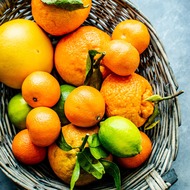Emotions Can Be Signals, Grade 3 Lesson 1
(View Complete Item Description)In this lesson we explore how bullying can affect us all, even when it’s not happening directly to us we might feel confused, scared, and uncomfortable. We read a book called Beautifully Me about a young girl who is confused about the ways people are talking about bodies- specifically large, or fat bodies. We talk about how feelings and emotions can be signals to us, sometimes they’re letting us know something in our world doesn't make sense and we might need help figuring it out. The lesson ends by thinking of the people/adults at home and school that they can go to for help.
Material Type: Lesson, Lesson Plan




















